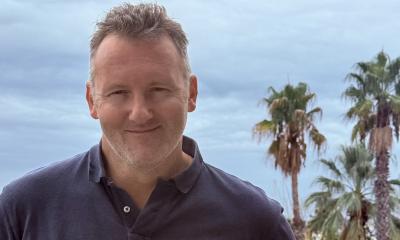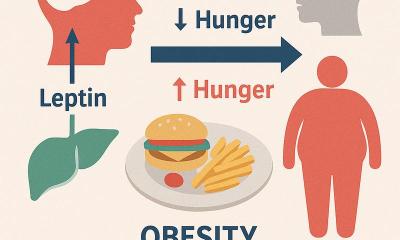Nutrition and functionality: key partners in ageing
Nestlé presents shocking statistics on the extent of malnutrition in geriatrics
Every second geriatric patient acutely hospitalised in Europe suffers malnutrition and, worse, this often goes unnoticed. These shocking facts were aired this July in Paris, during a satellite symposium held by the Nestlé Nutrition Institute at the 19th IAGG World Congress of Gerontology and Geriatrics.
A constant focus today is the link between nutrition and health, particularly where overconsumption is causing obesity and diabetes, but how does nutritional status relate to health past middle-age? Poor nutrition in the elderly impairs outcomes, increasing morbidity and mortality. Elderly people often under eat, for a complex mixture of physical, social and psychological reasons. One in five elderly people survive on less than 1,000 calories daily, so they are unsurprisingly deficient in vitamins and minerals. At least half of the elderly do not eat enough protein, nearly all are vitamin D deficient and 30% take inadequate zinc and selenium amongst other micronutrients. Decreased calorie and protein intake starts a downward spiral of ill health; the undernourished older person is more likely to suffer severe flu and other infections, have poor recovery after surgery, and have muscle weakness leading to falls that will be more serious: loss of mobility will cause further muscle loss, leading to lost independence, institutionalisation and ultimately death. With a rapidly aging European population, the over 80s need to retain their functionality and independence, to reduce the financial burden on healthcare systems. Professor Cornel Sieber (Germany) presented results that showed the malnutrition rates among active, independent elderly are between 5-12%. Amongst frailer or institutionalised populations this figure increases exponentially. ‘Up to 85% of the elderly in nursing homes are malnourished,’ he said, ‘the worst off being those over 84 with dementia, who are the majority of nursing home occupants.’
What can be done to improve the nutritional status of the over 65’s? ‘Regular screening is simple,’ explained Dr Juergen Bauer (Germany). ‘In 10-15 minutes using the new short-form of the Mini Nutritional Assessment (MNA-SF) questionnaire, with only six questions, the healthcare provider has an accurate idea of the person’s nutritional status, which should be checked at least once a year.’
Analysis of a major international database has confirmed the validity of MNA-SF as a useful tool in geriatric medicine. The results show that ease-of-use of the MNA in geriatrics may be increased by using calf circumference (CC) instead of BMI. This gives similar sensitivity and specificity even in immobile patients. Calf measurement also allows inclusion of individuals with sarcopenic obesity, loss of fat-free muscle, who are malnourished but have a normal BMI. Any person scoring less than 12 points should be considered at risk and intervention started. ‘Even if we screen regularly, if we don’t follow up with intervention and monitoring then we are not improving the nutritional status,’ Dr Sieber emphasised.
‘Weight loss is really bad for the elderly,’ David Thomas (USA) added. ‘Food is about survival not just the amount, but the kind of food. A 5% weight loss is associated with a 30% increase in mortality. Older people who manage to regain their weight still have an increased risk in mortality.’ The elderly benefit from nutritional supplements and they should be given to anyone at risk because, as repeatedly shown, they lead to improvement in weight and outcomes. Across the board, nutritional supplements can be shown to reduce mortality by 26%. The benefit of supplements is even clearer in hospitalised patients aged over 75 years, where rapid screening of older patients on admission could lead to a 33% reduction in mortality. ‘Supplements cost less than a Big Mac and fries,’ said Dr Thomas. ‘If we really can improve quality of life and functionality at this price shouldn’t we be doing it?’
01.09.2009











